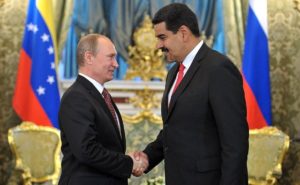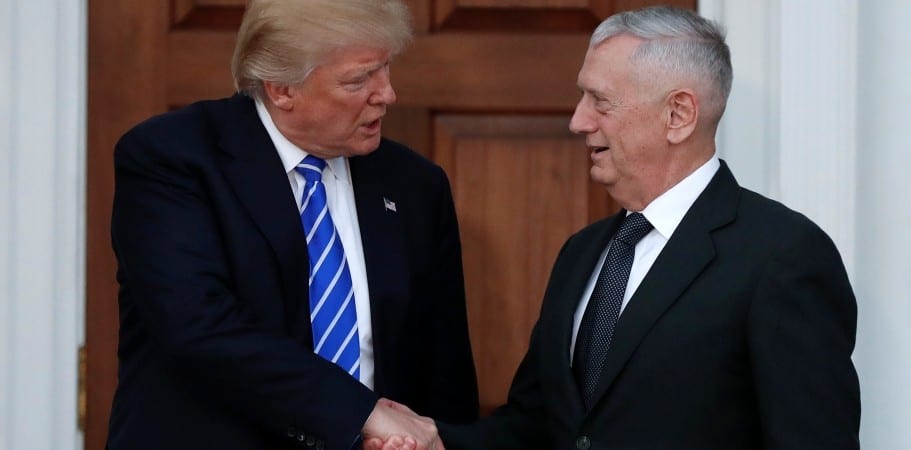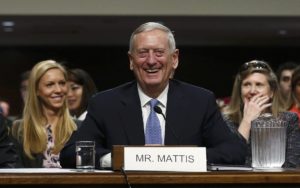
His first stop in the Latin American region as the head of the Ministry of Defense, James Mattis, made in Brazil, where he met with the heads of the Brazilian Defense Ministry and the Ministry of Foreign Affairs, and also exposed at the Military Academy. It should be noted that Mattis’s negotiations with the Foreign Minister of Brazil Aloysio Nunes Ferreira were of a closed nature.
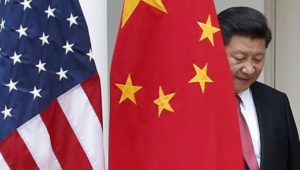
A few days before Mattis’ Latin American tour, Admiral Kurt Tidd, the head of the US Southern Command, said that the US cannot pay attention only to what Russia and China are “doing” in Europe or in the South China Sea. But in Latin America, according to Tidd, competition is much closer to the United States. The representatives of the White House have repeatedly noted that in the struggle for influence, the most important thing that can be done is to fight on their own.
According to the representatives of the US authorities, Moscow is increasing its military presence in Latin America more aggressively every day, sending ships there, supplying the countries of the region with advanced weapons and conducting reconnaissance operations. For Russia, this desire is linked, first of all, with the restoration of its influence and the strengthening of military ties with many Latin American states. Firstly, the White House accuses the Kremlin of conducting various campaigns of influence in order to gain advantage in the region. The Admiral Kurt Tidd said in his statements that allegedly from Russia in Peru for a long time, “unfavorable propaganda characterized negatively the capabilities of North American armored vehicles Stryker”. According to him, as a result, this led to the disruption of the deal with the United States and the supply of upgraded APCs (armoured personnel carriers) at a low price in Peru from Russia.
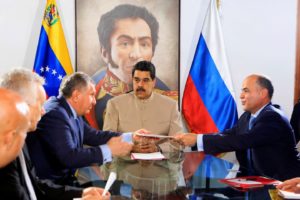
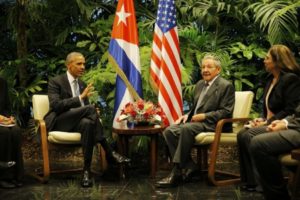
An acute reaction in the Latin American region was caused by the commercial wars unfolded by Trump, in which Argentina and Brazil were drawn. It is worth mentioning that we are talking about prohibitive tariffs for the import of biofuel in the US and the increase in customs duties on steel and aluminum. In recent years, a number of countries (Colombia, Peru, Chile, etc.) have become “preachers” of free and independent trade, participants in the emerging regional integration associations. For these countries, the new economic policy of Donald Trump was a direct threat.
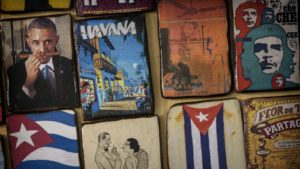
However, business is not limited only to the economy. For example, with Mexico, the contradictions on migration issues have “heated up”, the level of cooperation with Cuba has dropped sharply compared with the “warming” in relations between the two countries during the Obama presidency, and interference in the political life of Nicaragua has been observed. Every day the Pentagon increases pressure on the main US opponent in the region – Venezuela. At the moment, one of Trump’s main goals in the region has been to cut off the “financial oxygen” of Caracas by imposing sanctions, and ultimately to overthrow the current leadership in this state, it is possible, as many international analysts believe, that the US can resort to force methods.
